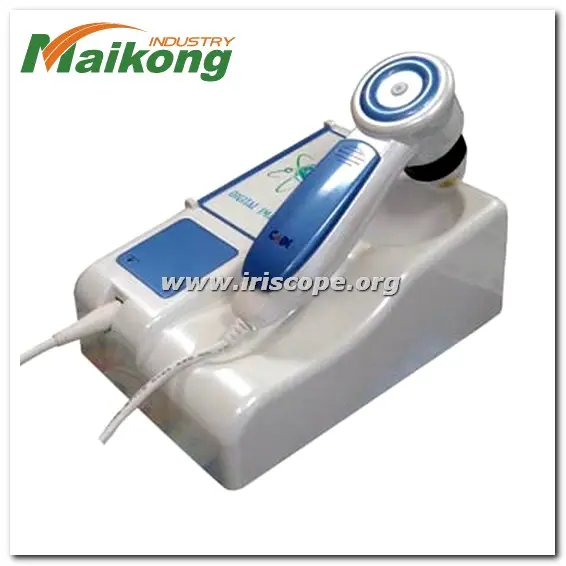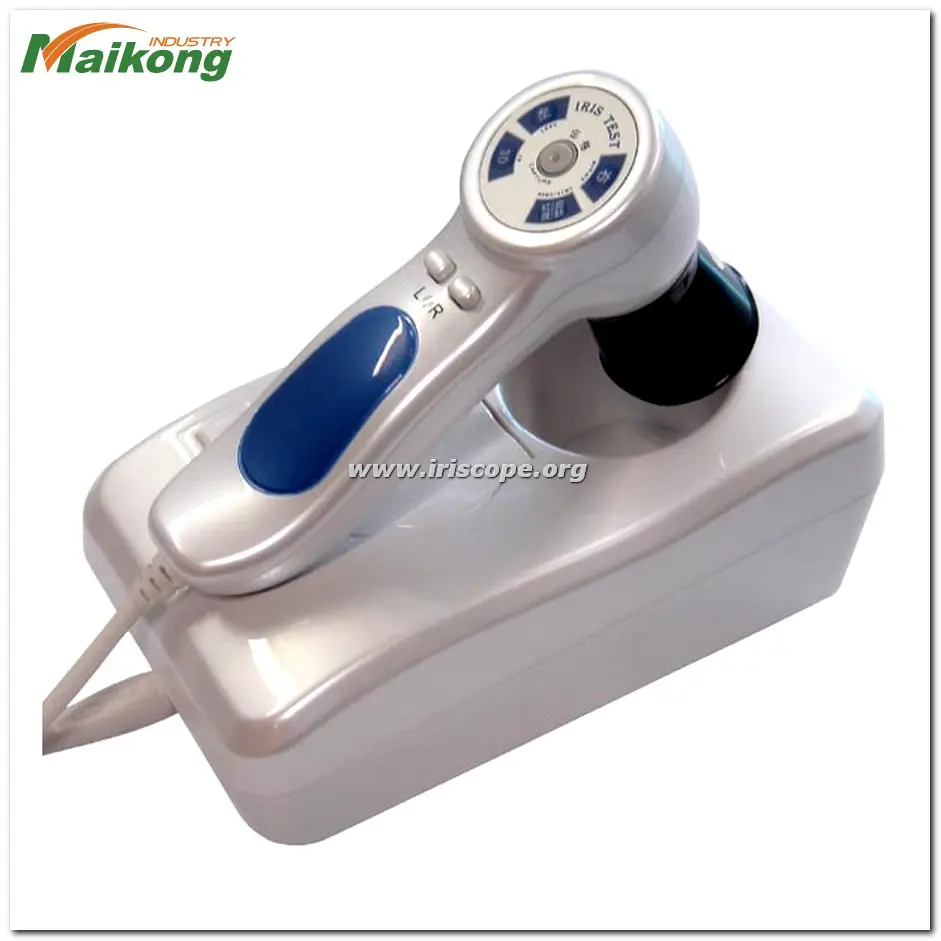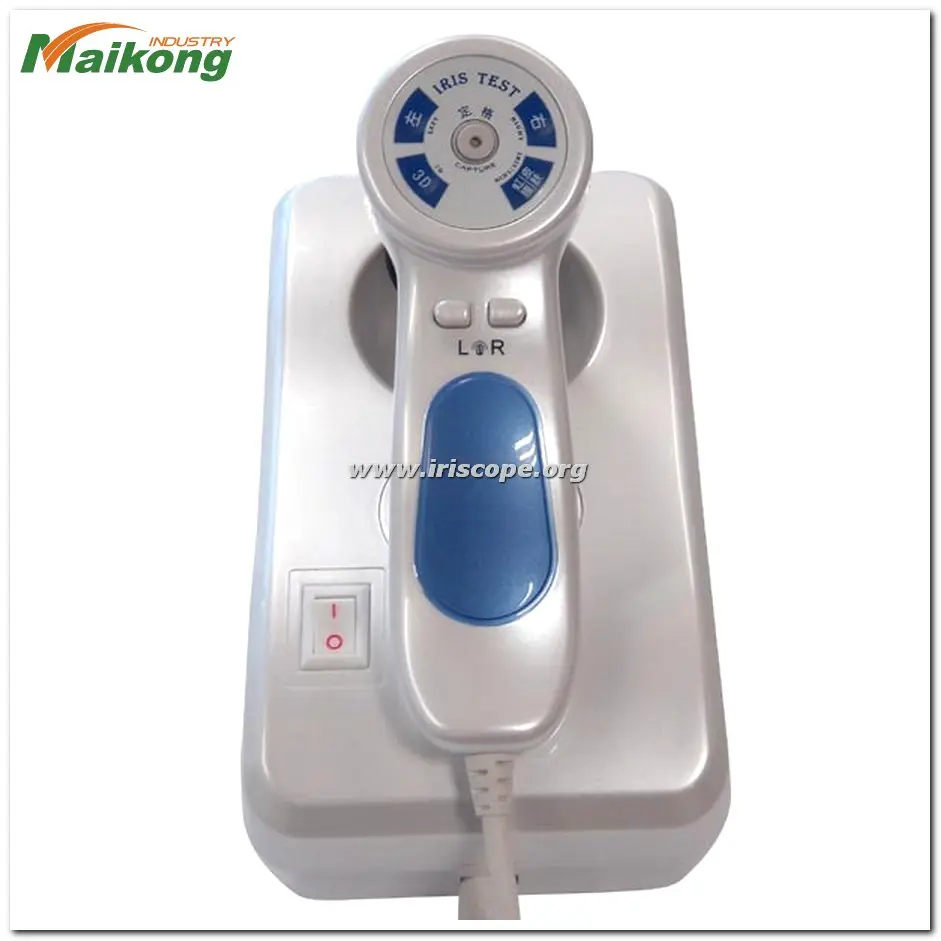The effectiveness of iris analysis depends significantly on the quality of images captured by your caméra d'iridologie. Resolution and magnification are two critical factors that determine whether subtle iris patterns are clearly visible or lost in pixelation. With over two decades of research and manufacturing experience, we at MAIKONG understand that practitioners need precise technical knowledge to make informed decisions about their diagnostic equipment. This comprehensive guide explores how resolution and magnification work together in modern caméra d'iridologie systems, helping you identify the specifications that will deliver optimal results for your practice.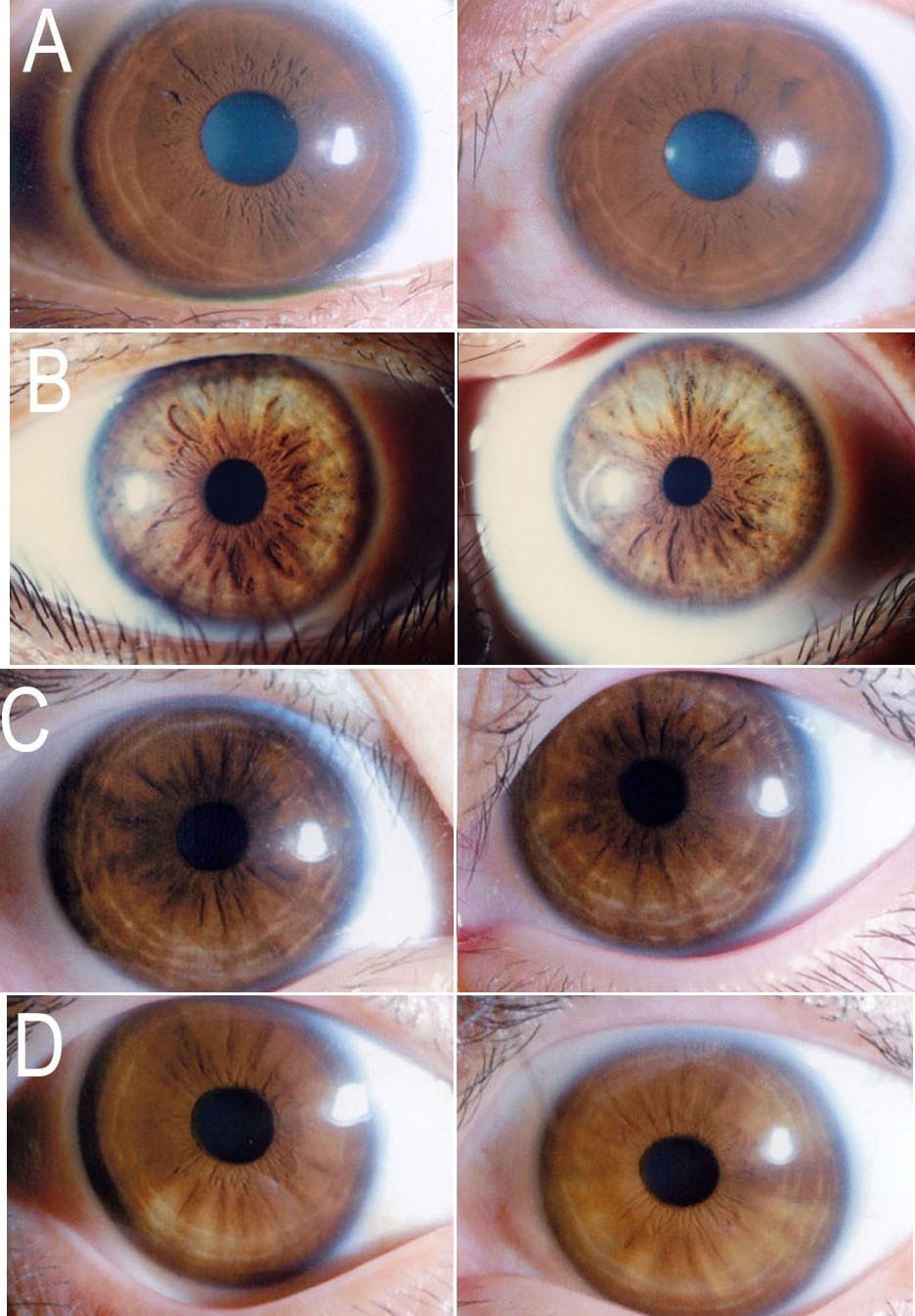


High-resolution iris image revealing detailed structures only visible with proper magnification and resolution
The Science of Resolution in Caméra iridologique Systèmes
Resolution refers to the number of pixels that make up an image, typically measured in megapixels (MP). In the context of caméra d'iridologie technology, resolution directly impacts your ability to observe minute details in the iris that may indicate specific health conditions. Higher resolution translates to more detailed images, allowing practitioners to identify subtle changes in iris structures that might otherwise go unnoticed.
Why Resolution Matters for Iris Analysis
The human iris contains approximately 28,000 nerve fibers connected to various parts of the body. These connections create intricate patterns that can only be properly analyzed when captured in high resolution. When using a low-resolution caméra d'iridologie, crucial details such as fine radial furrows, crypts, and pigmentation changes may appear blurred or indistinct, potentially leading to missed diagnostic opportunities.
Our research at MAIKONG has determined that effective iris analysis requires a minimum resolution of 5MP, with professional applications benefiting from 12MP or higher. This ensures that even the smallest iris features—some measuring just micrometers in width—are captured with sufficient clarity for accurate interpretation.
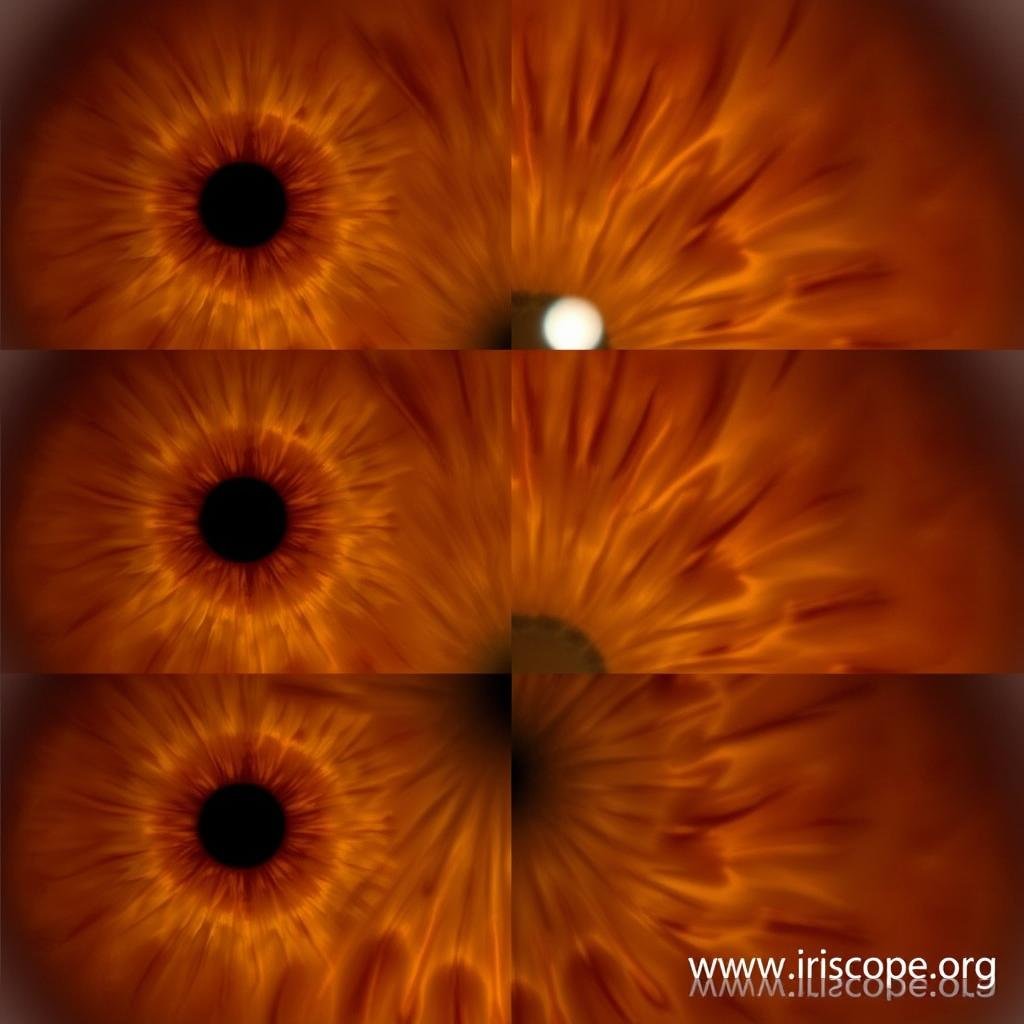
Comparison of iris images at 2MP, 5MP, and 12MP resolutions
Resolution Specifications in Modern Caméra iridologique Technology
When evaluating caméra d'iridologie specifications, you’ll encounter various resolution metrics. Understanding these numbers helps you select equipment that meets your clinical requirements:
| Resolution (MP) |
Pixel Dimensions |
Suitable For |
Visible Details |
| 2-3 MP |
1600×1200 to 2048×1536 |
Basic screening |
Major iris zones, prominent markings |
| 5 MP |
2560×1920 |
General practice |
Lacunae, crypts, radial furrows |
| 8-10 MP |
3264×2448 to 3648×2736 |
Advanced practice |
Fine nerve fibers, subtle color variations |
| 12+ MP |
4032×3024 or higher |
Clinical research, detailed analysis |
Microstructures, early tissue changes |
Magnification: The Key to Detailed Iris Observation
While resolution determines how many pixels comprise your image, magnification determines how large those details appear. In caméra d'iridologie systems, magnification is typically expressed as a ratio (e.g., 30x) indicating how much larger the iris appears compared to its actual size.
Optimal Magnification Levels for Caméra iridologique Applications
Based on our 20+ years of research at MAIKONG, we’ve determined that effective iridology requires magnification between 10x and 30x, depending on the specific structures being examined. Lower magnification (10-15x) provides a good overview of the entire iris, while higher magnification (20-30x) allows for detailed examination of specific regions.
It’s important to note that magnification works in tandem with resolution—high magnification with low resolution will simply reveal pixelated images rather than actual detail. This is why professional caméra d'iridologie systems balance both factors for optimal results.
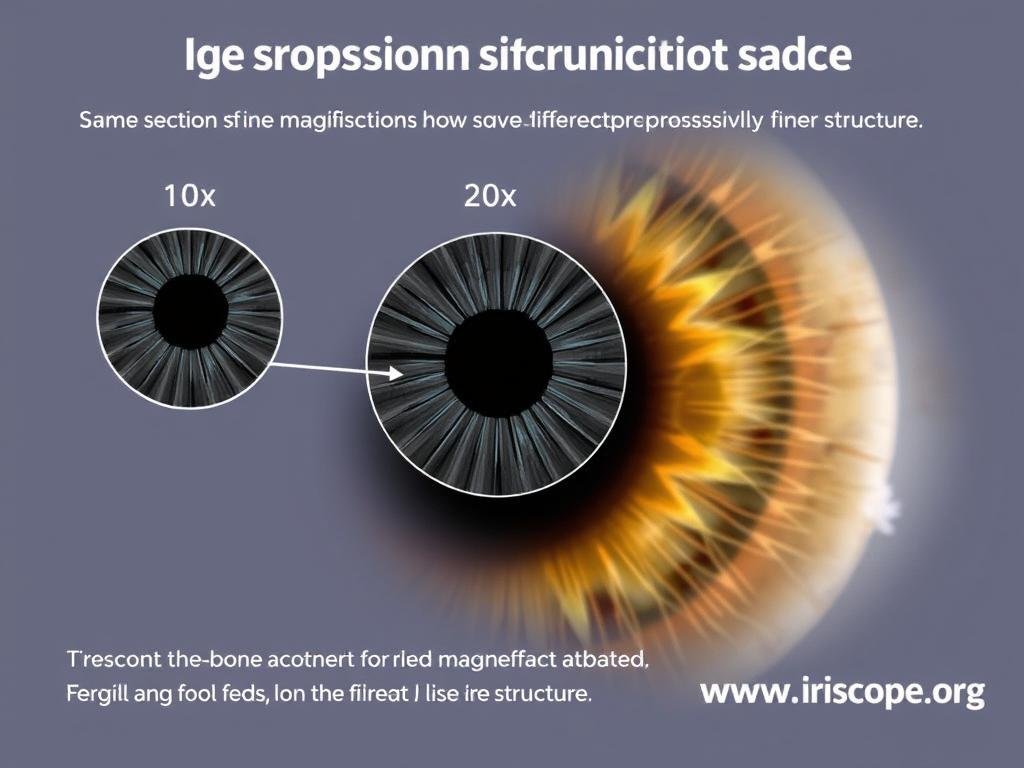
Visualization of iris detail visibility at 10x, 20x, and 30x magnification
Factors Affecting Magnification Quality
Several technical factors influence the effective magnification of an caméra d'iridologie:
- Lens quality and construction (multi-element lenses provide better clarity)
- Working distance (the optimal distance between camera and subject)
- Depth of field (the range of distance that appears acceptably sharp)
- Chromatic aberration correction (preventing color fringing at high magnification)
- Stabilization systems (reducing blur from minor movements)
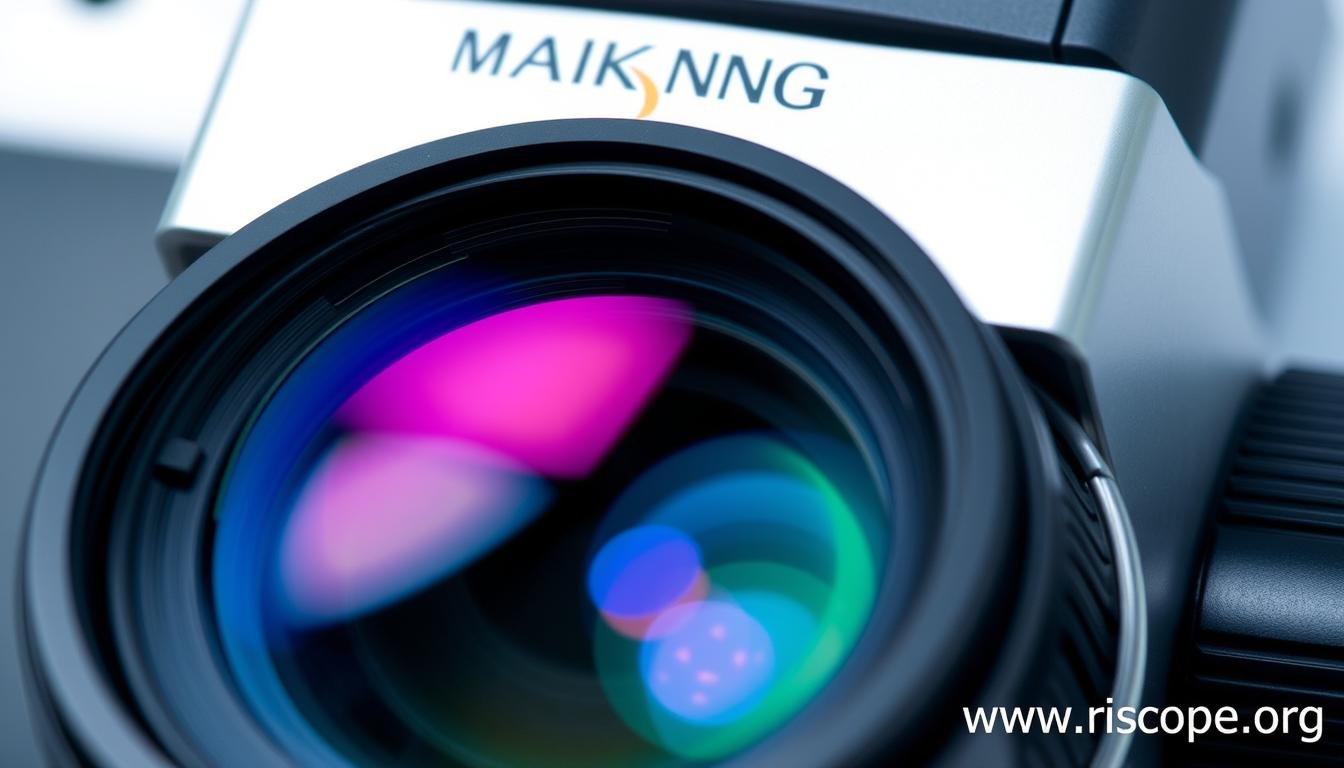
Multi-element lens system in MAIKONG’s professional iridology cameras
The Critical Relationship Between Resolution and Magnification
Understanding how resolution and magnification work together is essential for selecting the right caméra d'iridologie. These two specifications are not interchangeable but complementary—each addresses a different aspect of image quality.
Resolution Without Magnification
A high-resolution camera without adequate magnification will capture detailed images, but the iris structures will appear too small for practical analysis. This is like having a high-resolution satellite image where you can zoom in digitally but lose clarity as you do so.
Magnification Without Resolution
Conversely, high magnification with insufficient resolution results in enlarged but pixelated images where fine details are lost. This is similar to enlarging a low-resolution photograph—the image gets bigger but doesn’t reveal new details.
Balanced Specifications
Professionnel caméra d'iridologie systems balance both factors. MAIKONG’s research indicates that the optimal combination for clinical practice is 12MP resolution with 20-30x optical magnification, providing both detail and clarity.
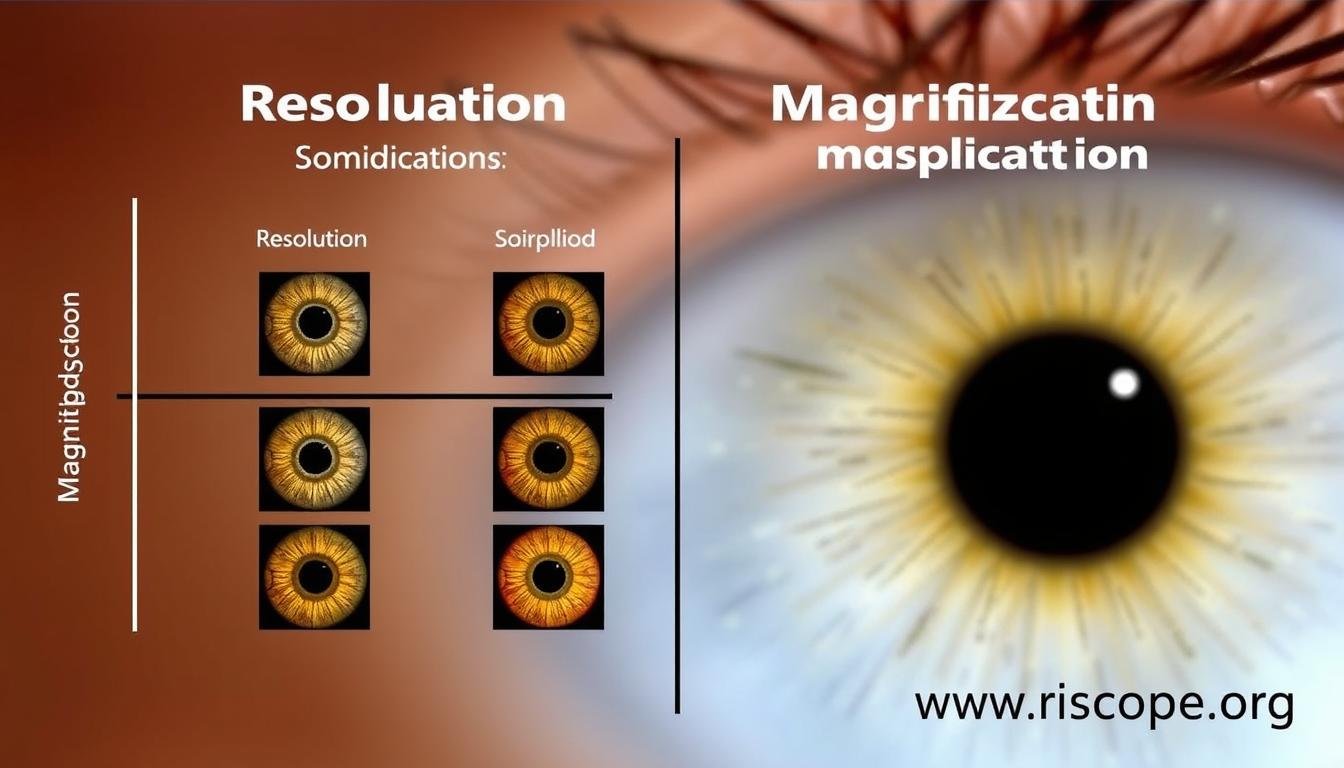
Matrix showing visual results of different resolution and magnification combinations
“The true power of iridology lies not just in seeing the iris, but in seeing the subtlest details that reveal the body’s condition. This requires both high resolution to capture these details and proper magnification to make them visible to the practitioner.”
– MAIKONG Research Team
Practical Applications: How Resolution and Magnification Impact Diagnosis
The technical specifications of your caméra d'iridologie directly affect your diagnostic capabilities. Let’s examine specific iris signs and the minimum specifications required to observe them effectively:
| Signe de l'iris |
Minimum Resolution |
Optimal Magnification |
Clinical Significance |
| Lacunes |
5 MP |
15-20x |
Potential organ dysfunction |
| Anneaux nerveux |
8 MP |
20-25x |
Nervous system stress |
| Sillons radiaux |
8 MP |
20x |
Tissue integrity issues |
| Taches de pigment |
12 MP |
25-30x |
Accumulation de toxines |
| Cryptes |
12 MP |
25-30x |
Inherent organ weaknesses |
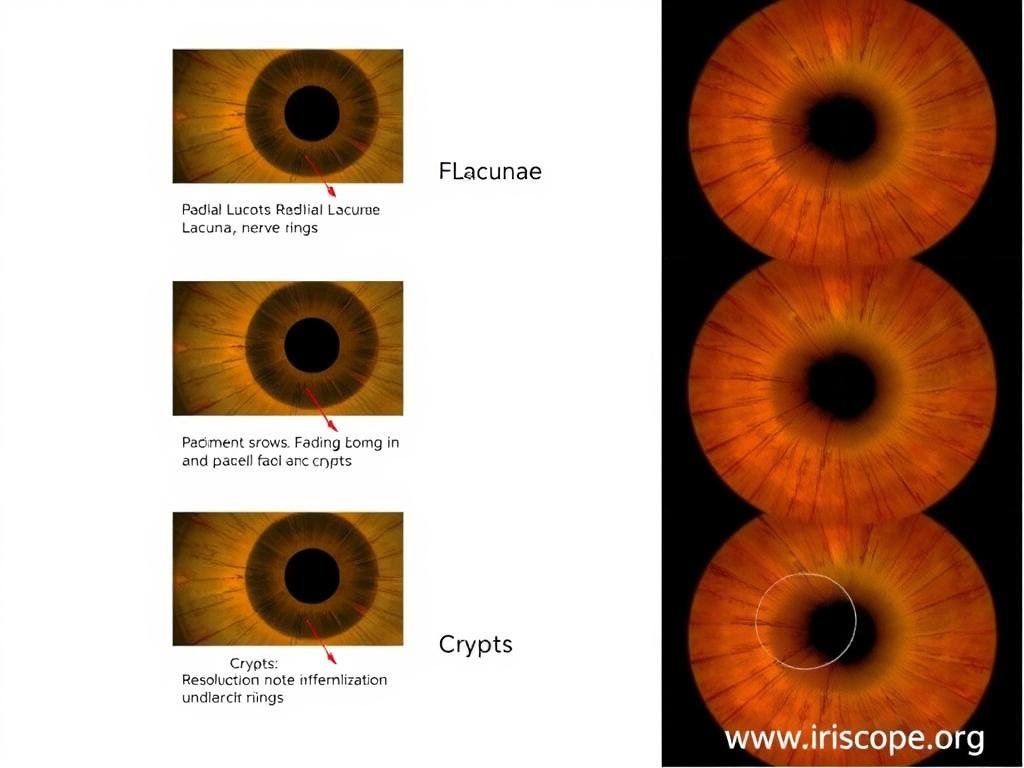
Clinical iris signs and the technical specifications required to observe them
Case Study: Identifying Early Health Indicators
Our research team at MAIKONG conducted a study comparing the diagnostic capabilities of different caméra d'iridologie systems. Practitioners were asked to identify early indicators of metabolic stress in the same set of patients using cameras with varying specifications:
- With 3MP resolution and 10x magnification, practitioners identified only 42% of relevant iris signs
- With 5MP resolution and 15x magnification, identification improved to 68%
- With 12MP resolution and 25x magnification, practitioners successfully identified 94% of relevant iris signs
This study demonstrates that technical specifications aren’t merely about image quality—they directly impact clinical outcomes and diagnostic accuracy.
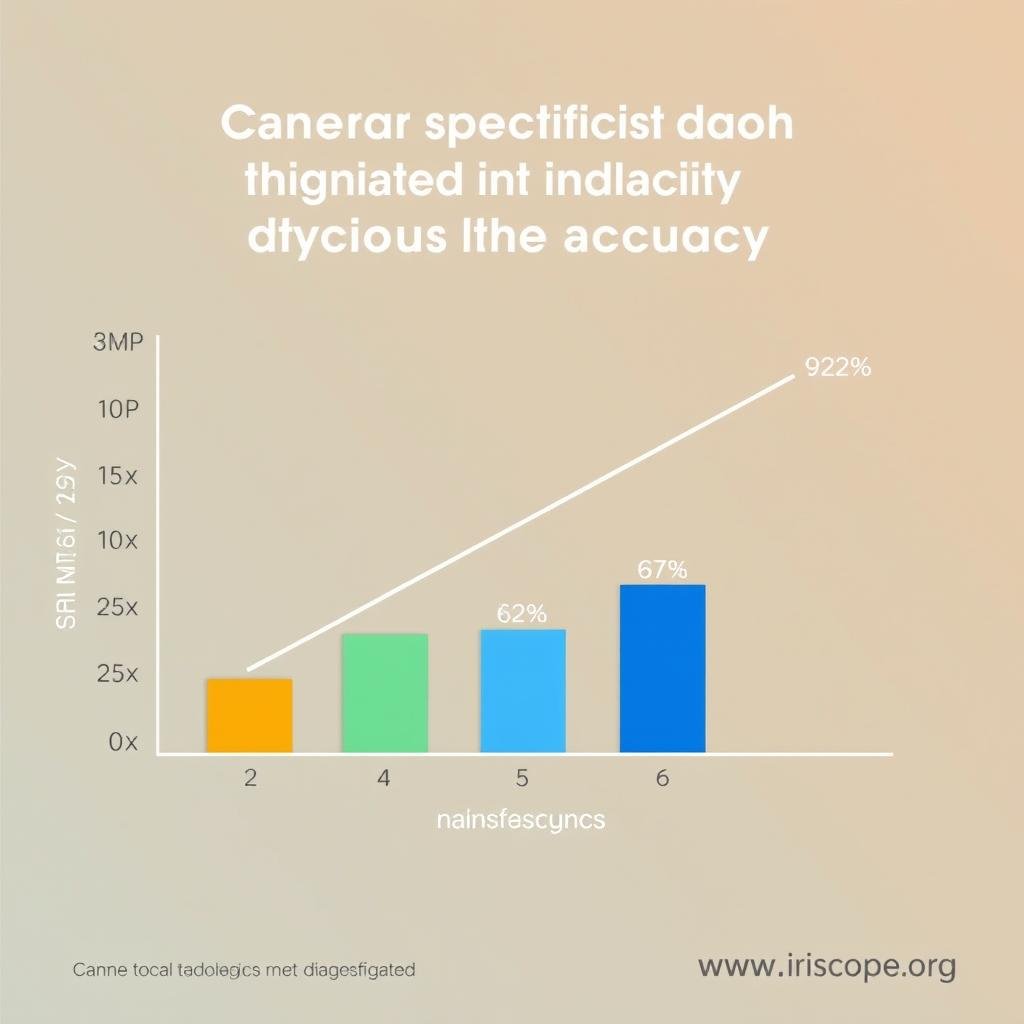
Correlation between camera specifications and diagnostic accuracy in clinical study
Technical Considerations Beyond Resolution and Magnification
While resolution and magnification are foundational, several other technical factors influence the performance of an caméra d'iridologie:
Illumination Systems
Proper illumination is critical for accurate iris analysis. Advanced caméra d'iridologie systems feature dual-lamp control with adjustable brightness and color temperature. This allows practitioners to optimize lighting for different iris colors and structures.
MAIKONG cameras incorporate both white and warm-light LEDs positioned at optimal angles to prevent reflection while ensuring even illumination across the entire iris.
Focus Systems
At high magnification, precise focus becomes essential. Professional caméra d'iridologie systems offer adjustable focus mechanisms that allow practitioners to achieve perfect clarity at various working distances.
Our research shows that multi-point focus systems provide superior results compared to fixed-focus cameras, particularly when examining patients with different eye shapes and sizes.
Image Processing
Moderne caméra d'iridologie systems include sophisticated image processing capabilities that enhance visibility of specific iris structures. Features such as contrast adjustment, color temperature filtering, and white balance optimization contribute significantly to diagnostic clarity.
MAIKONG’s proprietary image processing algorithms are specifically calibrated for iridology applications, highlighting relevant structures while reducing visual noise.
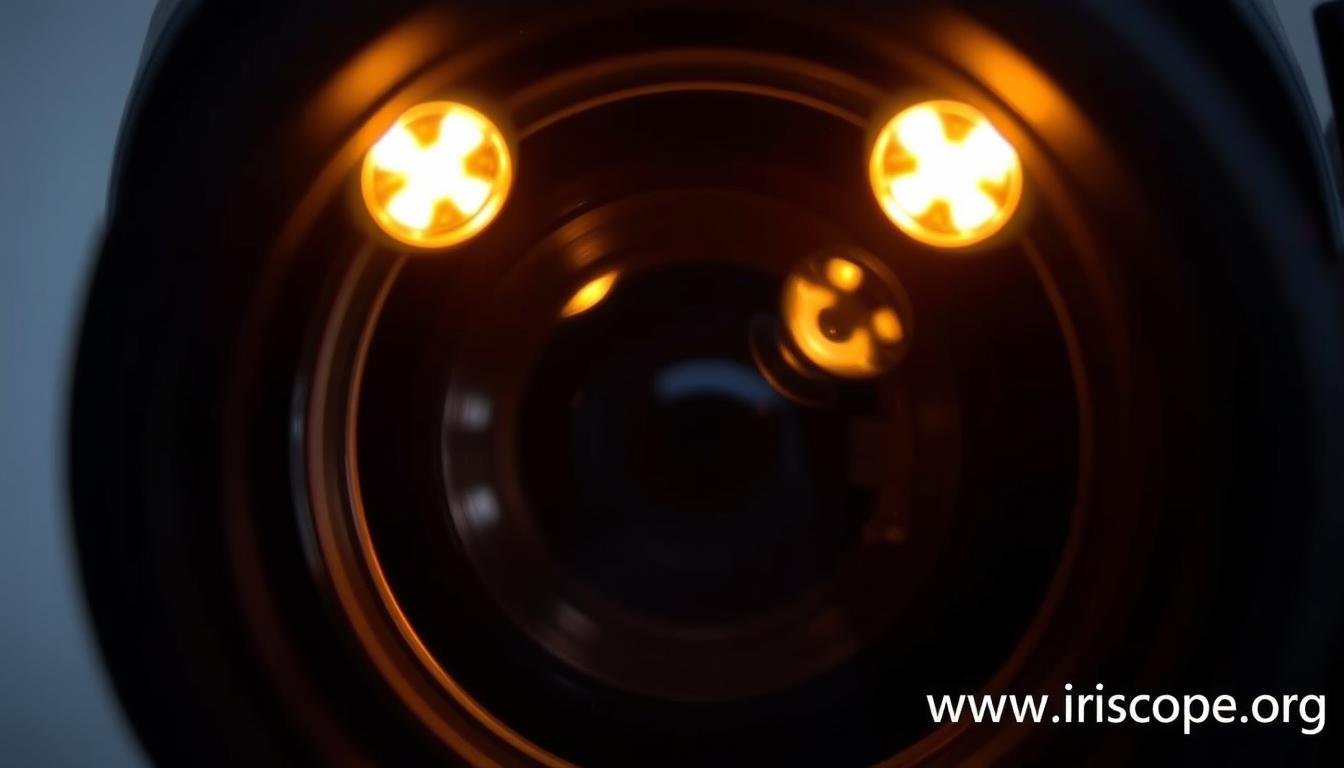
MAIKONG’s dual-lamp illumination system with optimized LED positioning
Software Integration with Caméra iridologique Systèmes
The capabilities of your caméra d'iridologie are further enhanced by specialized software that helps analyze and interpret iris images:
- Image capture and storage capabilities
- Iridology chart overlay for precise zone identification
- Comparison tools for tracking changes over time
- Measurement tools for quantifying iris features
- Client database integration for maintaining comprehensive records
- Report generation for client education and documentation

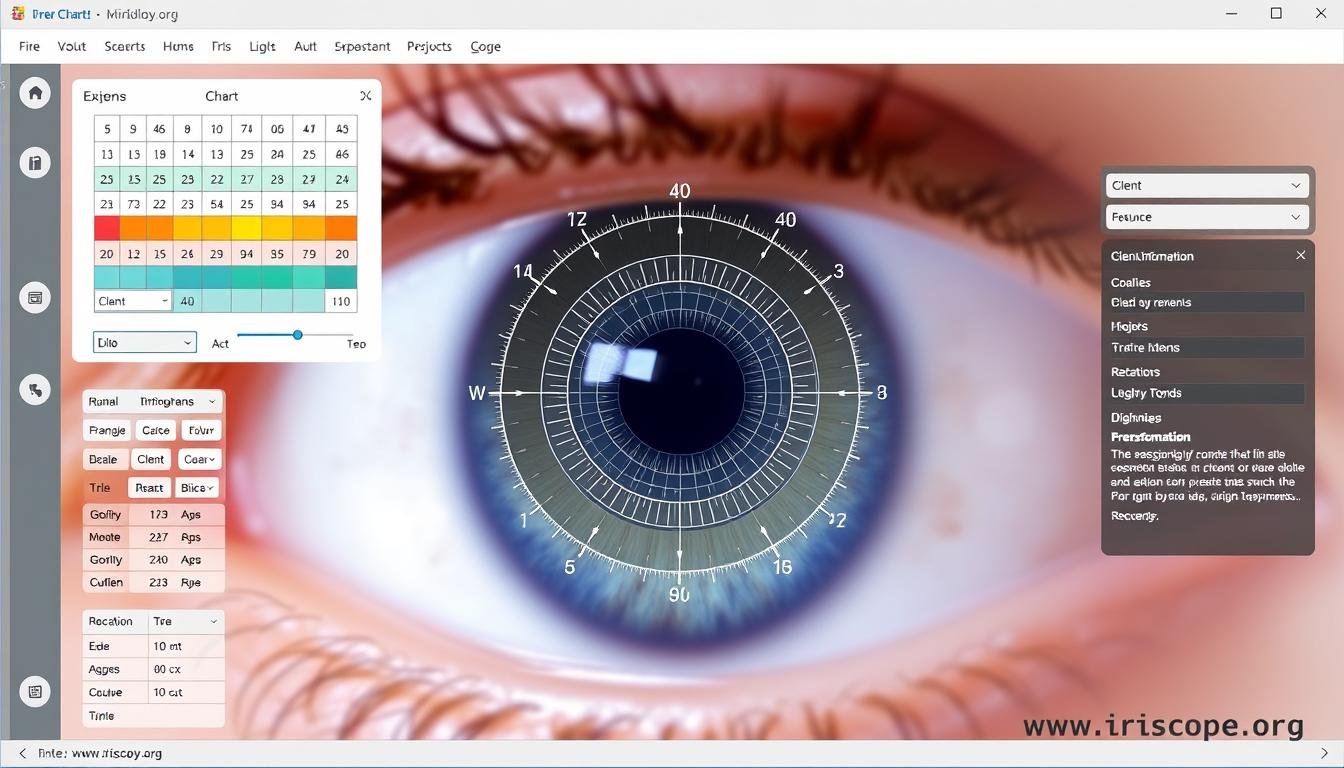
MAIKONG iridology software interface with analysis tools and chart overlay
Selecting the Right Caméra iridologique for Your Practice
Choosing the appropriate caméra d'iridologie requires balancing technical specifications with practical considerations. Based on our extensive experience at MAIKONG, we recommend evaluating the following factors:
Essential Features
- Minimum 5MP resolution (12MP recommended for professional practice)
- 20-30x magnification capability
- Adjustable dual-lamp illumination system
- Precise focus control mechanism
- Compatible with professional iridology software
- Durable construction for clinical use
- USB connectivity for direct computer integration
Features to Avoid
- Fixed-focus systems that can’t adapt to different patients
- Single-color illumination that struggles with dark irises
- Resolution below 5MP that misses critical details
- Systems requiring complex driver installation
- Cameras without proper color temperature filtering
- Units without technical support or warranty
- Systems incompatible with standard iridology software

MAIKONG professional iridology camera with key components labeled
Expert Consultation for Your Iridology Equipment Needs
With over 20 years of experience in developing and manufacturing professional iridology equipment, MAIKONG offers personalized consultation to help you select the ideal camera system for your specific practice requirements. Our technical team can provide detailed specifications, compatibility information, and training resources.
Contact Our Specialists: +86 13 51090 74 01
Courriel : Lucy@iriscope.org
The MAIKONG Advantage in Caméra iridologique Technology
As a leading manufacturer with over two decades of specialized experience, MAIKONG has pioneered numerous advancements in caméra d'iridologie technology. Our commitment to quality and innovation is reflected in every aspect of our products:
Research-Driven Development
Our product development is guided by extensive research into the practical needs of iridology practitioners. We regularly collaborate with professional iridologists to identify opportunities for technological improvement and implement solutions that enhance diagnostic capabilities.
Comprehensive Product Range
MAIKONG offers a complete ecosystem of iridology tools, including:
- Qualité professionnelle caméra d'iridologie systems with various resolution options
- Specialized iriscope devices for clinical settings
- Comprehensive iridology software solutions
- Reference iridology charts for accurate interpretation
- Training resources for practitioners at all experience levels
Global Support Network
Our commitment to our customers extends beyond providing quality equipment. MAIKONG maintains a global support network to ensure that practitioners receive timely assistance with technical questions, software updates, and application guidance.
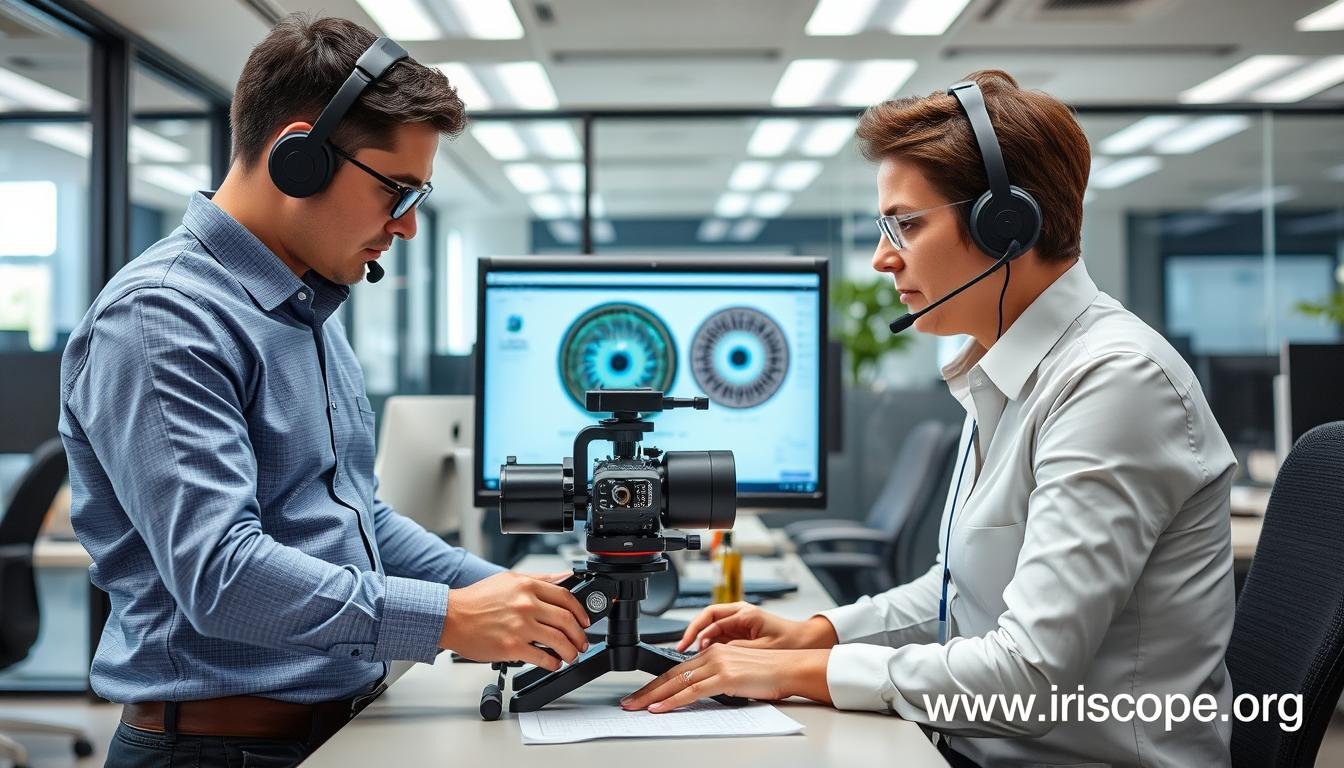
MAIKONG’s dedicated technical support team providing customer assistance
Conclusion: Investing in Quality for Accurate Iris Analysis
Resolution and magnification are not merely technical specifications—they are fundamental determinants of your ability to practice iridology effectively. The right caméra d'iridologie serves as the foundation of accurate analysis, enabling you to observe the subtle iris changes that inform your health assessments.
With MAIKONG’s 20+ years of specialized experience in developing and manufacturing professional iridology equipment, we understand the critical balance between technical excellence and practical usability. Our commitment to quality ensures that practitioners worldwide can access the tools they need to provide accurate, insightful iris analysis.
Explore MAIKONG’s Professional Iridology Solutions
Discover our complete range of iridology equipment, including high-resolution cameras, specialized software, and comprehensive training resources. Contact us today to discuss your specific requirements and learn how our technology can enhance your practice.
Visit Our Website: iriscope.org



















